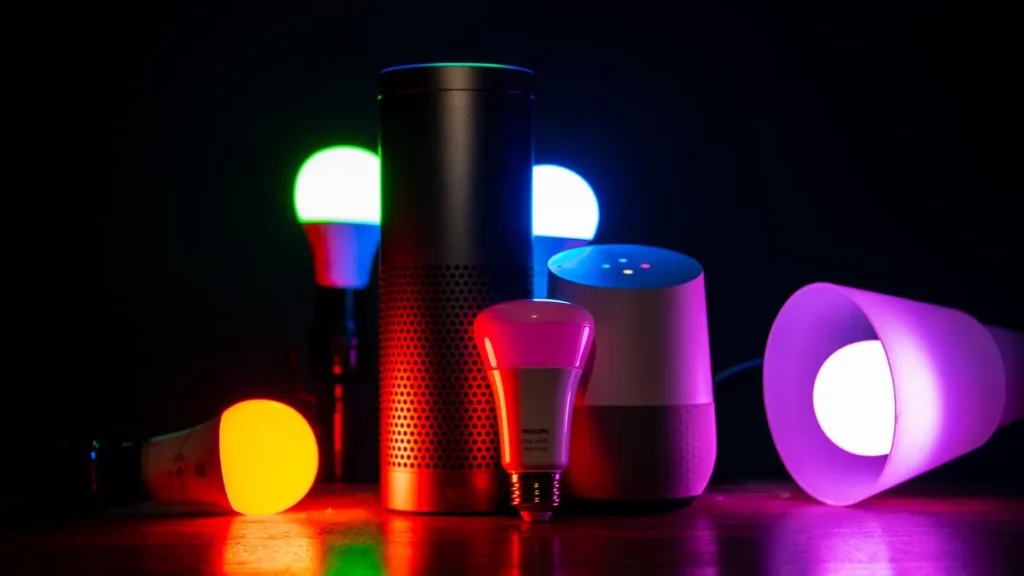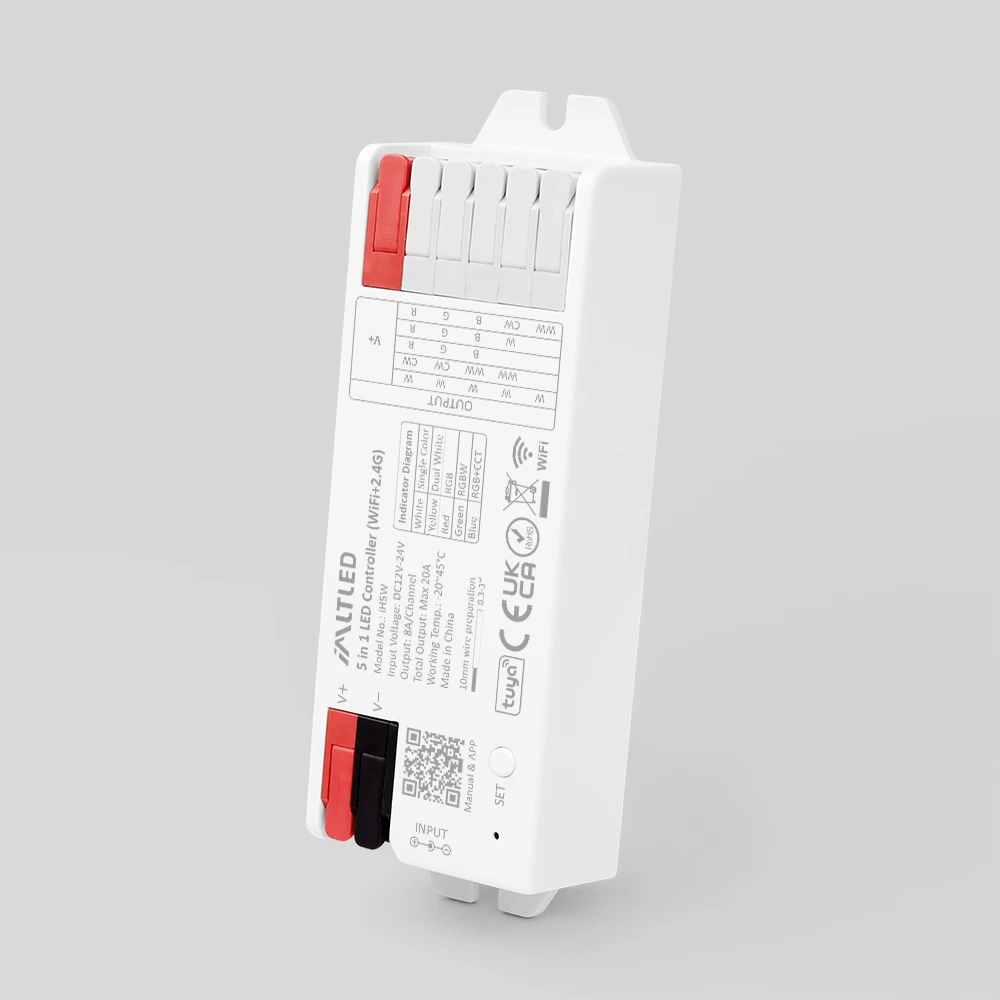Imagine a digital screen so lightweight and see-through that it fits seamlessly into a building’s glass wall—and still delivers vibrant, dynamic content. This is the promise of the Transparent LED Mesh Screen. Unlike traditional displays that block light and view, the transparent mesh offers visibility, versatility, and energy efficiency. In this guide, we break down its core benefits, real-world applications, and key buying considerations.
![]()
1. What Makes a Transparent LED Mesh Screen Special?
Built with a fine grid of LEDs embedded in a near-transparent mesh, these screens allow up to 80% light transmission. Viewers can see through them, yet still enjoy crisp visuals—a huge advantage over solid traditional screens. You get full visibility of your ads or video content without sacrificing natural ambiance.
High‑Resolution Transparent LED Mesh Screen
Today’s advancements make high-resolution transparent LED mesh screens capable of delivering sharp images even on large outdoor installations. With smaller pixel spacing, businesses can show detailed graphics and text that command attention from afar.
Flexible Transparent LED Mesh Screen Solutions
The mesh is lightweight and pliable, making it ideal for curved surfaces like cylindrical towers or façade edges. Its structural flexibility opens the door for creative installations—curved storefronts, artistic displays, or custom shapes—without the heavy support frameworks needed for rigid screens.
2. Why You Should Consider One
![]()
Transparent LED Mesh Screen for Outdoor Advertising
Billboard locations and exterior facades are natural homes to this tech. With a transparent LED mesh screen for outdoor advertising, you can bring live content to life directly on glass walls. It’s eye-catching and doesn’t block views—perfect for high-traffic urban areas.
Energy‑efficient Transparent LED Mesh Screen
Mesh screens require significantly less power than solid LED walls. They use fewer LEDs per square meter and let daylight pass through, reducing the need for supplementary lighting—resulting in noticeable energy savings over time.
Weatherproof Transparent LED Mesh Screen
Designed for outdoor use, these screens are sealed against moisture, dust, and temperature swings. Quality units meet the IP65 rating, ensuring functionality even during rainstorms or dusty conditions.
3. Where They Shine in Real Life
Transparent LED Mesh Screen for Building Facade
Major brands have started installing them on building exteriors, transforming plain glass walls into animated, brand-centric canvases. The result: immersive media displays that highlight architecture, not obscure it.
Transparent LED Mesh Screen Applications and Benefits
Apart from branding, these screens serve in:
- Retail windows—display promos without shutting out shoppers.
- Concert stages—use as semi-transparent backdrops with mood lighting.
- Transport hubs—share info or ads while keeping lines of sight.
In each setting, they deliver engagement without compromise.
![]()
4. How They Differ From Traditional LED Displays
- Transparency: Traditional screens are opaque; mesh screens preserve daylight and view.
- Install Weight: Mesh can often hang from existing frames; no need for extra structural support.
- Power Use: Less electricity is required due to the open design and efficient hardware.
In summary, the Transparent LED Mesh Screen vs Traditional LED Displays comparison reveals big wins in aesthetics, flexibility, and efficiency—without major drawbacks.
5. Planning Your Project
Transparent LED Mesh Screen Installation Guide
Follow this streamlined process:
- Conduct a site survey—evaluate weight limits, wiring, and viewing distance needs.
- Select the right pixel pitch and transparency percentage.
- Use existing frames or build light scaffolding for support.
- Connect power and data safely—outdoor setups require IP sealing.
- Calibrate display brightness and color balance after installation.
- Schedule routine maintenance—dust off gently and inspect cables annually.
Transparent LED Mesh Screen Price Comparison
Costs hinge on size, pixel pitch, and brand. Expect to pay more for higher resolution and larger area displays. Use transparent LED mesh screen price comparison to evaluate quotes from multiple suppliers—don’t just shop on price, but factor in service, warranty, and lead times.
![]()
6. Choosing the Right Partner
Customizable Transparent LED Mesh Screen Suppliers
Source units from vendors who offer tailored solutions. Whether you need specific dimensions, mounting options, or brightness levels, a customizable transparent LED mesh screen suppliers approach ensures your project isn’t one-size-fits-all.
7. Smart Savings and Sustainability
Combining mesh screens with smart controls—like scheduling screens to dim or shut off during low traffic—adds to your savings. When paired with solar or green energy systems, these displays become even more efficient, underscoring their lineup as responsible, future-ready investments.
8. Visual Inspiration and Case Studies
Across APAC and Europe, retailers have converted high‑street windows into digital showrooms. Festivals use animated mesh screens to add layers of visuals to stages. A transparent facade at an automotive showroom streams live car configurations directly on glass—all without blocking exterior views.
Conclusion
In an age where digital signage meets modern design, the Transparent LED Mesh Screen stands out. It elevates marketing, retains architectural integrity, and saves energy—all in one sleek package. Pair it with strategic planning, right suppliers, and clever content, and you’ll unlock new heights of visual engagement and brand impact.

